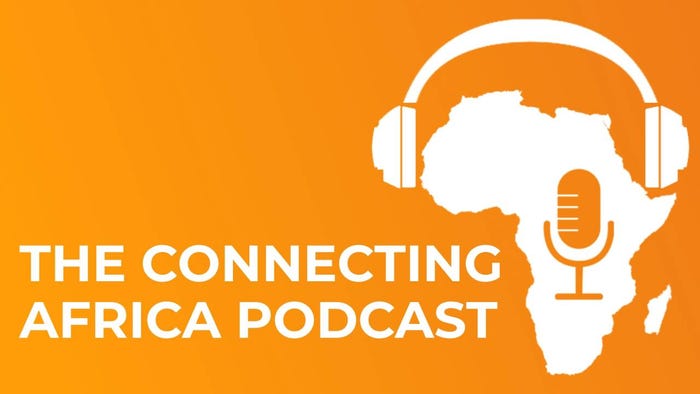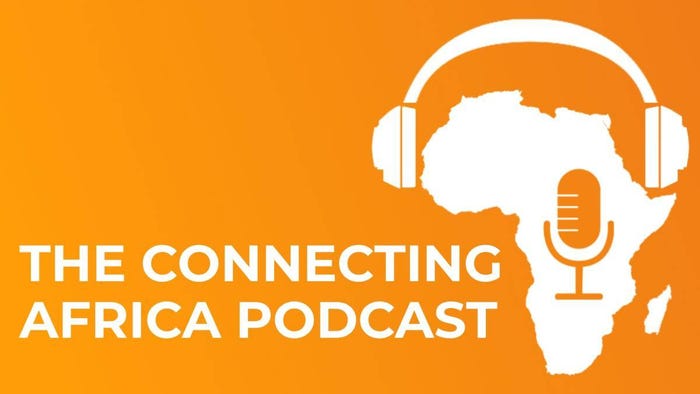Jury Still Out on Viability of Rural Fiber
Frogfoot Networks CEO Abraham van der Merwe questions how financially viable it is to rollout fiber to townships and rural areas in South Africa.

The jury is still out on whether it makes sense to take fiber to townships and rural areas in Africa, but that does not mean industry players should not keep looking for workable business models for expansion to these areas.
This is the view of Abraham van der Merwe, the CEO of Frogfoot Networks, who was speaking at the FTTX Council Africa Conference 2019 in Johannesburg.
Frogfoot is actually one of the few players targeting low-income areas and smaller towns and in July it announced plans to roll out fiber infrastructure in Soweto, in a phased approach, with up to 20,000 homes and businesses targeted.
During his presentation, van der Merwe also mentioned the efforts of other players in the space like HeroTel and Lightstruck targeting small towns and rural communities as well as Vumatel, which is rolling out fiber into low-income areas such as Mitchells Plain in Cape Town and Alexandra in Johannesburg.
"There are certainly efforts being made to actually go into these lower-income groups, because it's a large market and there's potentially a huge upside to targeting these markets. But the jury's still out as to whether all the many challenges will be overcome, and there is certainly not a proven business model yet compared to the model for high-income areas," he said.
"We have been involved in the deployment of fiber in smaller towns and we are aggressively targeting what I call tier two towns, which are not too small, but not as big as the major metros. These provide less of a challenge because the population is still dense enough to justify the fiber investments."
Van der Merwe said that South Africa's fiber growth has been "quite extraordinary" over the past few years but questioned whether the industry could sustain the growth it is currently seeing. He said that the industry has been growing at around 600,000 new homes passed every year.
"If you extrapolate that when you get into 2023 we will have passed around 3.7 million homes, the question is really, are those homes really there? If we look at the demographics for South Africa, we have roughly 17 million households in South Africa, but of course you can't take fiber to every one of those households because not everybody can afford the fiber and some homes are just too far apart to make financial sense."
He said most fiber players have been focusing their builds in the major metros targeting high-income groups in Living Standards Measures (LSMs) eight to ten.
"So if we look [at LSMs eight to ten] that number is roughly 2.4 million homes today. So clearly we can't build 3.7 million homes if there's only 2.4 million homes in the major metros. Something has to give. So that gives us two options. Either we can go down the food chain and target lower-income groups or we go into the more rural areas, but both present various challenges," van der Merwe explained.
He said for rural areas the distances between houses makes fiber deployment very costly and a lack of adequate backhaul fiber is also a major challenge.
"While there are lots of fiber routes, or cable systems, running to major metros there is surprising little actually connecting these smaller towns. Even when there is a national fiber route running past these towns the networks have not been designed to drop off large amounts of capacity in those towns, so there is a huge cost discrepancy between bringing fiber from a metro into a very small town, compared to the major metros, and that adds to the overall cost of the deployment."
Other challenges included the cost of deploying sales and maintenance teams and establishing offices to service smaller towns, issues with local government and sometimes difficult dealings with local wireless Internet service providers (WISPs).
In terms of lower-income groups there are other problems, the biggest of which is affordability of fiber because "the lower you go down in terms of income groups the more you have to drop the prices, which puts further strain on the business model.
"Another issue is that if you service the unbanked, then you can't actually transact with them in the same way as your banked customers. You can't do a debit order, you have to do prepaid. If you have an open access ecosystem where you have multiple service providers, then each service provider would have to do their own prepaid options at every spaza [convenience] shop and every retailer. For example, Frogfoot today has more than 70 service providers so it becomes somewhat impractical. Therefore, we will have to come up with new ways to actually address these problems," he said.
Despite all of these issues van der Merwe said that there are still efforts being made by companies to service these customers.
"Almost every month I see another WISP that wants to enter into a smaller town. So absolutely, there's a lot of activity there but I think we still have to walk a long road to determine whether these efforts will be successful," he concluded.
Frogfoot is a licensed open access fiber network provider and is a subsidiary of integrated ICT and connectivity provider Vox. It is funded by Rand Merchant Bank, Investec and Metier Capital, with group revenue exceeding R1 billion ($65.8 million) per annum.
— Paula Gilbert, Editor, Connecting Africa


_(1).jpg?width=700&auto=webp&quality=80&disable=upscale)
.jpg?width=700&auto=webp&quality=80&disable=upscale)
.jpg?width=700&auto=webp&quality=80&disable=upscale)


.jpg?width=700&auto=webp&quality=80&disable=upscale)

